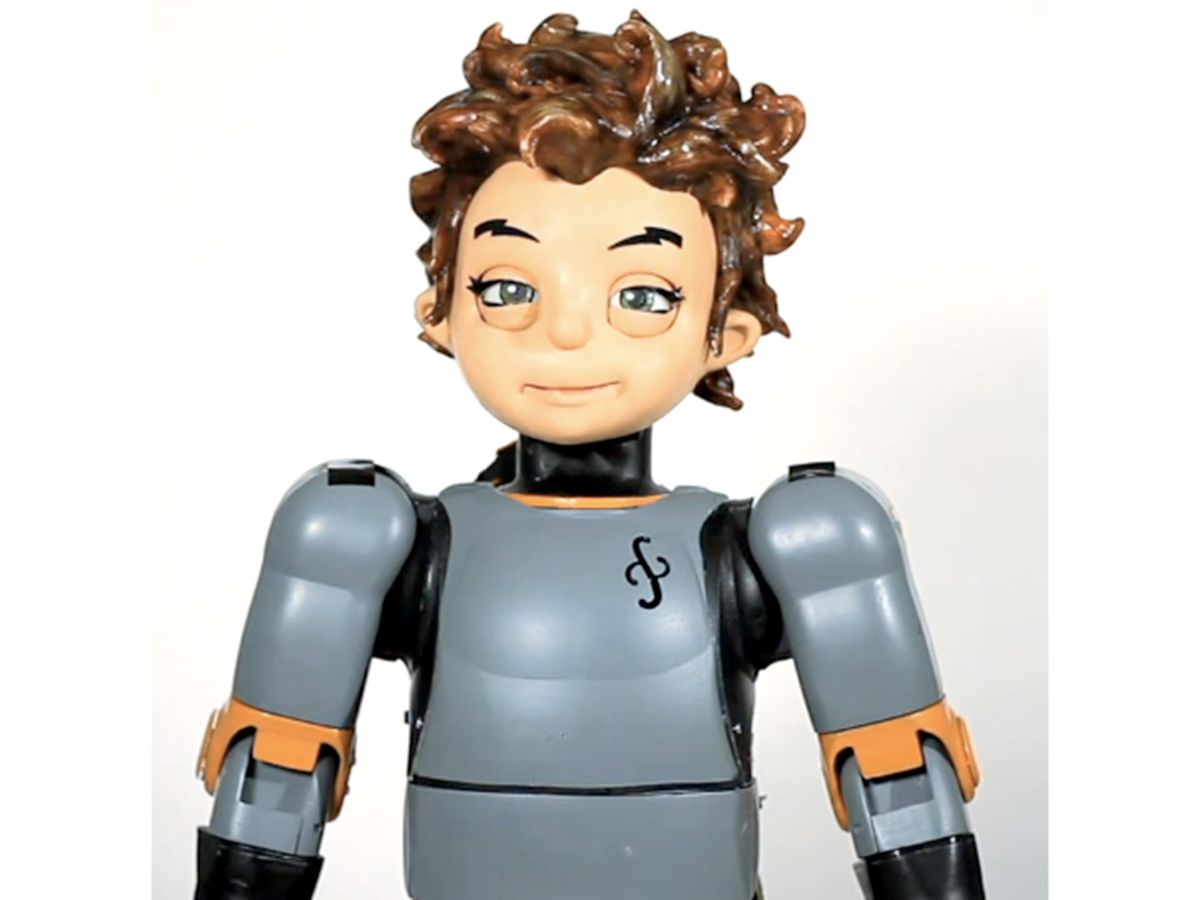
People often ask me why I build humanlike robots. Why make robots that look and act like people? Why can't robots be more like ... appliances?
In fact, some people argue that it's pointless for robotic researchers to build robots in our image; existing humanoids fall short of what science-fiction authors have dreamed up, so we should just give up. Others even say we'll never have humanoid androids around us, because when you try to make robots look more human, you end up making them look grotesque.
I disagree. I believe robotic researchers should aspire as grandly and broadly as possible. Robots can be useful in many shapes and forms, and the field is young—with so much room left for innovation and diversification in design. Let a thousand robot flowers bloom.
On the tree of robotic life, humanlike robots play a particularly valuable role. It makes sense. Humans are brilliant, beautiful, compassionate, loveable, and capable of love, so why shouldn’t we aspire to make robots humanlike in these ways? Don’t we want robots to have such marvelous capabilities as love, compassion, and genius?
Certainly robots don’t have these capacities yet, but only by striving towards such goals do we stand a chance of achieving them. In designing human-inspired robotics, we hold our machines to the highest standards we know—humanlike robots being the apex of bio-inspired engineering.
In the process, humanoid robots result in good science. They push the boundaries of biology, cognitive science, and engineering, generating a mountain of scientific publications in many fields related to humanoid robotics, including: computational neuroscience, A.I., speech recognition, compliant grasping and manipulation, cognitive robotics, robotic navigation, perception, and the integration of these amazing technologies within total humanoids. This integrative approach mirrors recent progress in systems biology, and in this way humanoid robotics can be considered a kind of meta-biology. They cross-pollinate among the sciences, and represent a subject of scientific inquiry themselves.
Some of Hanson Robotics' creations [from left]: Alice, Zeno, and Albert Hubo.
In addition, humanlike robots do prove genuinely useful in real applications. Numerous studies, including those with humanoids Nao, Bandit, Kaspar, and RoboKind Zeno, show that autistic children respond favorably to such robots, promising treatments and social training uses. Additionally, consider a humanoid robot like NASA's Robonaut (just to name one). Its capabilities for use in space and in factory automation promise safer, more efficient work environments for people. And then, there is the simple wonder and psychological power of humanoid robots. Just as human-inspired depictions brought joy and insights throughout history—such as in the sculptures of Michelangelo, in great works of literature, and in film animation such as those of Disney, Miyazaki, and others, there is no reason that robots can’t inspire similarly. Humanlike robotics already bring us wonder and joy. Why can’t robots communicate just as much wisdom, knowledge and ardor, as do other figurative arts? In addition to known uses for humanlike robots, new uses for humanlike robots will certainly emerge, expand and surprise us, as the capabilities of robots evolve onwards.
It is true that humanlike robots are not nearly human-level in their abilities today. Yes, humanlike robots fail. They fall, they lose the topic in conversation, misunderstand us, and they disappoint as much as they exhilarate us. At times these failures frustrate the public and robotics researchers alike. But we can’t give up. Humanoid robots are still in their infancy. Though they falter, the abilities of humanoid robots continue to grow and improve. Just as babies can’t walk, talk, or really do anything as well as adults do, or do anything particularly useful, this doesn’t mean that babies deserve our contempt. Let’s not give up on our robotic children. They need nurturing. And as a researcher in humanoid robotics, I can attest that it’s a pleasure to raise these robots. They are a lot of fun to develop.
Looking forward, we can find an additional moral prerogative in building robots in our image. Simply put: if we do not humanize our intelligent machines, then they may eventually be dangerous. To be safe when they “awaken” (by which I mean gain creative, free, adaptive general intelligence), then machines must attain deep understanding and compassion towards people. They must appreciate our values, be our friends, and express their feelings in ways that we can understand. Only if they have humanlike character, can there be cooperation and peace with such machines. It is not too early to prepare for this eventuality. That day when machines become truly smart, it will be too late to ask the machines to suddenly adopt our values. Now is the time to start raising robots to be kind, loving, and giving members of our human family.
David Hanson, Ph.D. is the founder and CTO of Hanson Robotics, in Richardson, Texas, a maker of humanlike robots and AI software. His most recent creation is Robokind, a small walking humanoid with an expressive face designed for research.





